Edward Colston statue should go on display at a Bristol museum, commission says after 14,000-people survey
and live on Freeview channel 276
What’s next for the Colston statue?
It’s nearly two years since the statue of slave trader Edward Colston was toppled and thrown into Bristol harbour during a Black Lives Matter protest in 2020.
The incident made headlines across the globe, but since then attentions have shifted to the matter of where the statue belongs in the long term.
Advertisement
Hide AdAdvertisement
Hide AdIn 2021, while the statue lay on temporary display at the M Shed, the Bristol History Commission launched a survey asking Bristol residents about what they thought the future held for the statue and its plinth.
Publishing the results today (Thursday, February 3), the group has recommended that the Colston statue be preserved and exhibited in a Bristol museum.
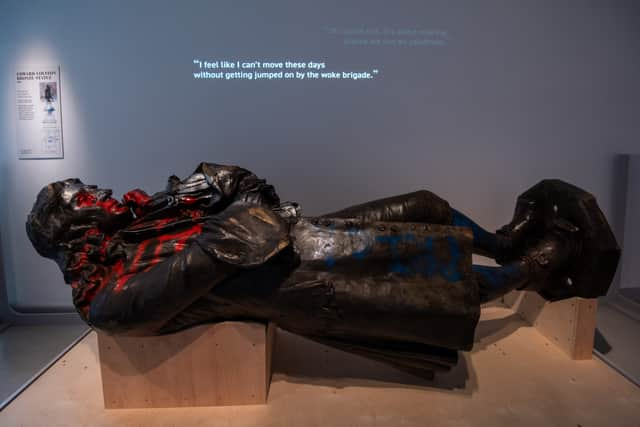

It also recommends that the former Colston plinth, along with its original plaques, remain in place in the city centre with a new plaque installed that explains when and why the statue was put up and later taken down.
The recommendations draw upon the views and ideas of around 14,000 participants, more than half of whom live within the city’s boundaries.
Advertisement
Hide AdAdvertisement
Hide AdThe Bristol participants were a cross-section of the city - people of every age, gender, ethnicity and deprivation level took part.
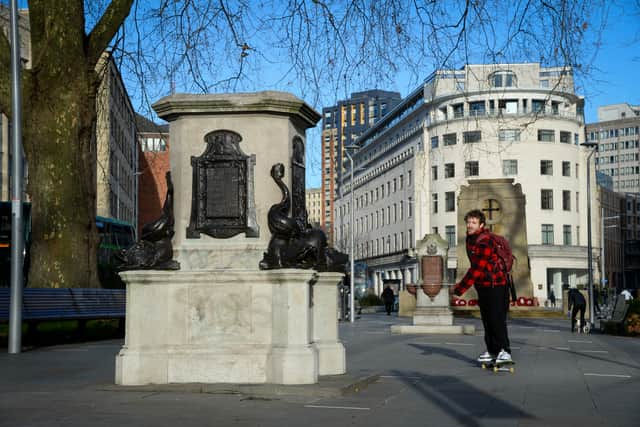

Professor Tim Cole, chair of History Commission, said: “Starting out on this process of consultation, I was unsure how united or divided the city would be.
“Reading through the thoughtful comments that people wrote, it is clear that not only are the events of June 2020 and what we do now something that many care about, but there is also considerable shared thinking and feeling in the city.”
Most people wish to see the Colston statue on display in a Bristol museum
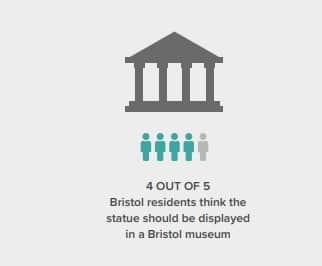

3 out of 4 people said to put the statue in a Bristol museum (74%). Bristol residents agreed with this option even more strongly, with 4 out of 5 people from Bristol saying the statue should be on display in a Bristol museum (80%).
Advertisement
Hide AdAdvertisement
Hide AdThe 1 out of 5 people from Bristol who did not want the statue on display in a Bristol museum either wanted it returned to the plinth (around a half of this group), destroyed (around a quarter of this group ) or did not have a strong opinion on the matter (around a quarter of this group).
For every 1 person from Bristol who said they would like the statue displayed in a Bristol museum vertically and cleaned up, 5 favoured having the statue displayed lying down and with graffiti. Many said they liked the way it appeared in the temporary display at the M Shed.
A majority support adding a plaque in the vicinity of the plinth to reflect June 7 2020
More than 5 out of 8 people (65%) support adding a plaque. Support for a plaque is even stronger in Bristol, where 7 out of 10 Bristol residents (71%) agree with adding a plaque to reflect the events of 7 June 2020.
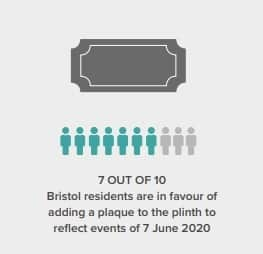

Opinion was more mixed on what to do with the plinth, although the most popular option was to be used for temporary artworks or sculptures.
People support using plinth for temporary artworks
Advertisement
Hide AdAdvertisement
Hide AdJust under half of all respondents and nearly 6 out of 10 Bristol respondents (58%) support using the plinth for temporary artworks or sculptures, with over 7 out of 10 of Bristol respondents open to this (72%).
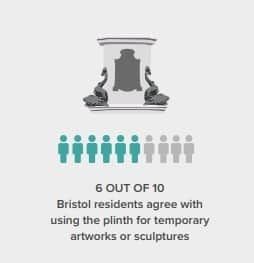

This is clearly preferred to either using the plinth for a permanent artwork - supported by fewer than 4 out of 10 (35% of all respondents/38% of Bristol respondents) - or leaving the plinth empty - supported by 3 out of 10 (29% of all respondents/31% of Bristol respondents).
Smaller numbers wished to see the Colston statue put back up on the plinth (supported by just over 1 out of 10 in the city) or for the plinth to be removed entirely.
Views of respondents mostly positive towards statue coming down
More than 5 out of 8 Bristol residents (65%) said they feel either very positive (50%) or positive (15%) about the statue being pulled down.
Advertisement
Hide AdAdvertisement
Hide AdWhile Bristol residents were the most supportive of the statue coming down, across the survey as a whole over half of all respondents (56%) said they feel positive or very positive about the statue being removed.
Just over 1 in 3 people (36% of all respondents/27% of Bristol respondents) reported feeling negative about this, with the manner of removal the number one explanation for feeling this way.
The survey found that age appears to make the biggest difference in how people feel, with younger people reporting more positive feelings about the statue coming down and older people reporting more negative feelings.
While over four out of every five 18 to 34-year-olds from Bristol (82% aged 18 to 24; 81% aged 25 to 34) were either very positive or positive about the toppling of the Colston statue, around half of those aged 65+ were either very negative or negative about the toppling of the Colston statue (48% aged 65 to 74; 56% aged 75+).
‘We must connect across generations’ over toppling
Advertisement
Hide AdAdvertisement
Hide AdProfessor Shawn Sobers, member of the We Are Bristol History Commission, said: “The survey shows that the past matters to people and is relevant in their lives.
“Honest engagement with the city’s past is something that people want to see happen, whatever their views on the statue.”
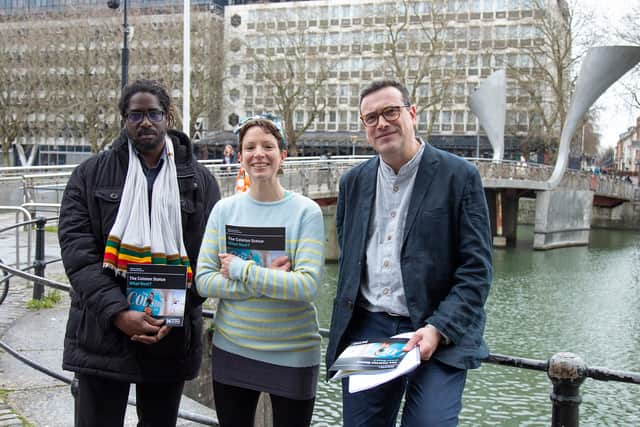

Joanna Burch-Brown, Co-Chair of the We Are Bristol History Commission, said: “How can we address this history in a way that is uplifting and brings people together?
“A key is to connect across generations. Many older people have been feeling there should be more respect for law and tradition, and that the pace of change is too quick.
Advertisement
Hide AdAdvertisement
Hide Ad“Many younger people feel there is a need for change, and for more equality. There are positive intentions behind both views.
“We would love to see people of different ages coming together to spend time connecting through stories and histories.”
The report will now be considered by Bristol Mayor Marvin Rees and the recommendations will go before a Cabinet meeting in April for approval.
You can view the We Are Bristol History Commission consultation report and their recommendations on the Bristol City Council website.
Comment Guidelines
National World encourages reader discussion on our stories. User feedback, insights and back-and-forth exchanges add a rich layer of context to reporting. Please review our Community Guidelines before commenting.
